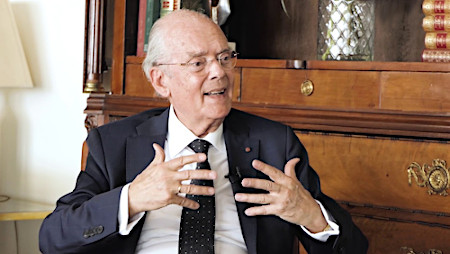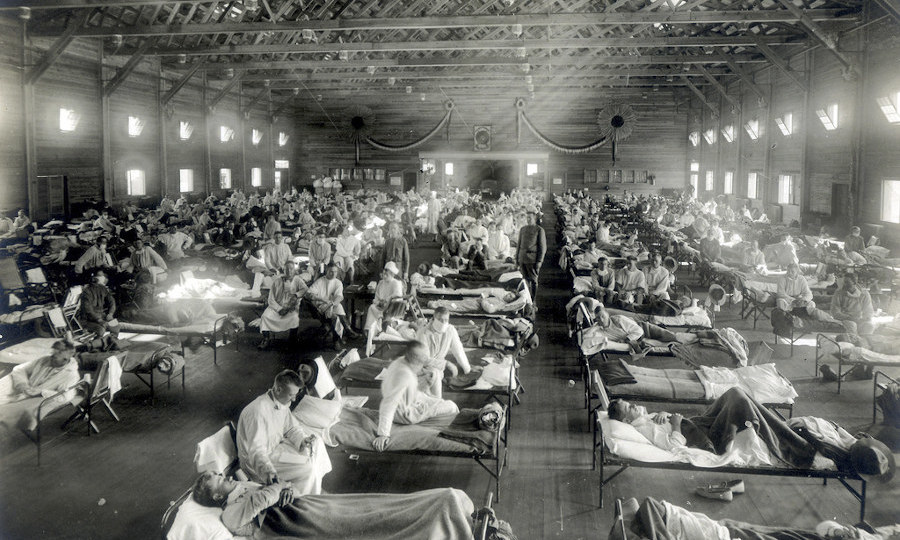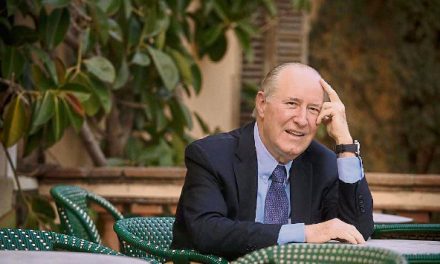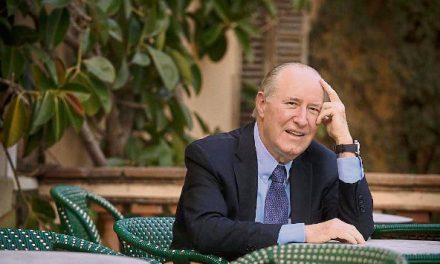Ignacio Buqueras
Full academician of the Royal Academy of Doctors of Spain
Full academicians of the Royal European Academy of Doctors-Barcelona 1914 (RAED)
We are living very serious, very complex, very difficult and very worrying days. With the coronavirus we wake up every day with data that is difficult to predict, our life is marked by an unknown that doesn’t stop clearing and we go to bed after having accumulated experiences that we had never anticipated.
I believe that all citizens must assume our responsibilities, for this it’s necessary to reflect in depth on the moment we are living, analyze what our priorities are, what future we want for ourselves, for those closest to us, for Spain… and what we can and should do, what action plan we set ourselves. I believe that this high that the coronavirus has supposed us and should make it an opportunity for a positive change in our vital development. We can and must rediscover our values, those of our family, our friends, our society and our country. Spain, for many, is unknown in its roots, values and possibilities.

Dr. Ignacio Buqueras
I would like to evoke a similar situation, the one we experienced in 1918, the great flu pandemic or the Spanish flu, more than a hundred years ago. Without a doubt, our society is very different from that. The poor hygiene of that time and the poor sanitary resources in relation to the current ones are night and day. In addition, the scientific and technological advances, together with the current global communication that we enjoy.
Some data brings us closer to the so-called Spanish flu, due to the different media projection it received in Spain, much higher than in other European countries, where the disease was censored, because World War I prevailed. The flu, from China and Siberia, spread throughout the world. In Spain it began in Barcelona in May 1918, spreading throughout the peninsula in October. Between October 1 and 25 in Barcelona there were more than 5,000 deaths, and in all of Spain almost a quarter of a million were reached, with a total of almost eight million people infected.
The pandemic developed from 1918 to 1920. It’s estimated that between 10% and 20% of those infected died. About a third of the world population was affected, which means that between 3% and 6% of the population died. The estimate of the number of deaths is highly variable. The calculations of the time speak between 40 and 50 million people, while currently it’s estimated between 50 and 100 million. In China it’s estimated that around 30 million died, and in its army it’s noted that 35% of the troops who fell ill died. In the United States, 28% of the population fell ill and around 600,000 citizens died. In England, those who lost their lives were around 250,000 people. In France, which seems to be the first European country in which the pandemic was transmitted, the deaths were around 400,000.
The scientific publication “PNAS”, on February 26, 2001, reported on the first reconstruction of the 1918 influenza virus and its virulence. Until 1934 it wasn’t possible to isolate the virus, and begin to combat it effectively. Among other personalities, the Spanish flu claimed the life of the Count of Güell, Edmond Rostand and Guillaume Apollinaire.
I hope and wish that the coronavirus will soon have the product to fight and defeat it. Meanwhile, all citizens must act with the required degree of responsibility, while we must demand from our authorities the rigor, clarity and objectivity required for the exceptional times we are experiencing. And to the media, total reliability of information. We must all be responsible, active and vigilant.





